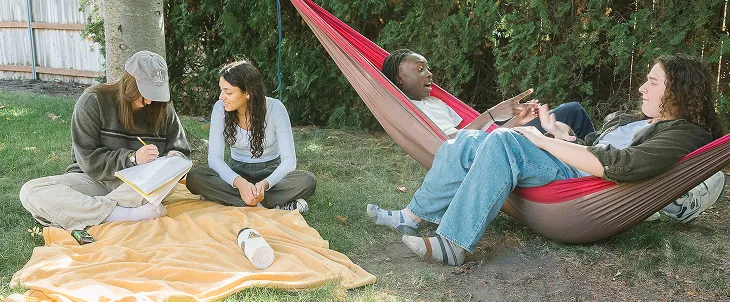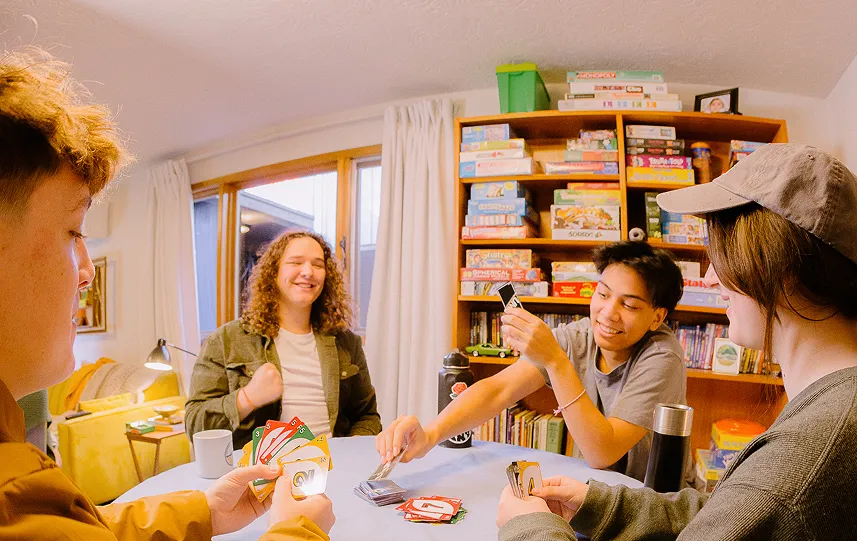
THIS IS YOUR
PREFRONTAL CORTEX
It helps you decide whether a choice is safe, and it’s still growing and changing until about the age of 25. That can make it hard to tell how risky something actually is.
The fact is taking pills that aren’t prescribed to you is never a safe choice.
Opioids, like illegal fentanyl, can hurt healthy brain development, confuse your brain’s reward center, and create dependency and addiction. The risk to your health and your future just isn’t worth it.
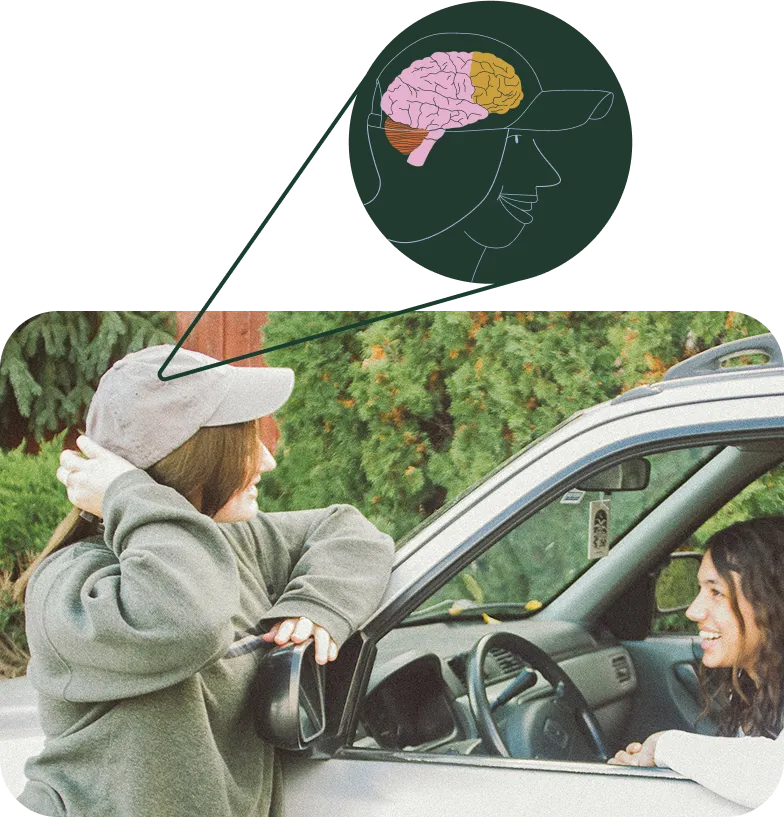
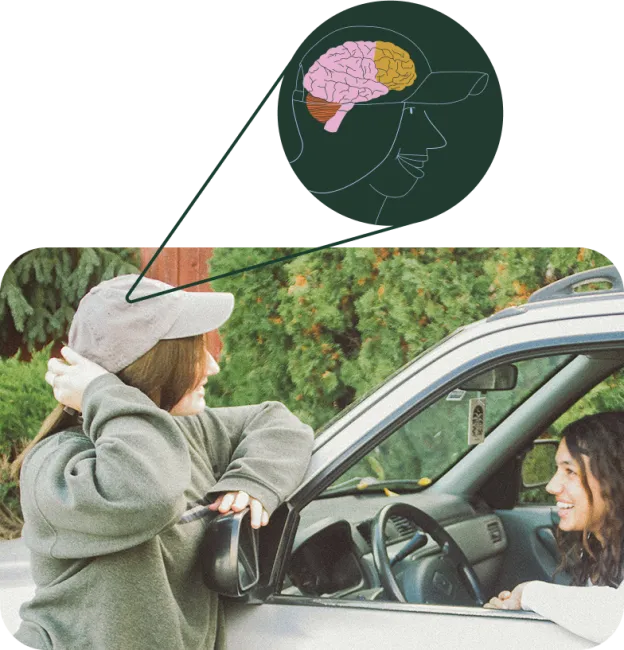
THIS IS YOUR
PREFRONTAL CORTEX
It helps you decide whether a choice is safe, and it’s still growing and changing until about the age of 25. That can make it hard to tell how risky something actually is.
The fact is taking pills that aren’t prescribed to you is never a safe choice.
Opioids, like illegal fentanyl, can hurt healthy brain development, confuse your brain’s reward center, and create dependency and addiction. The risk to your health and your future just isn’t worth it.
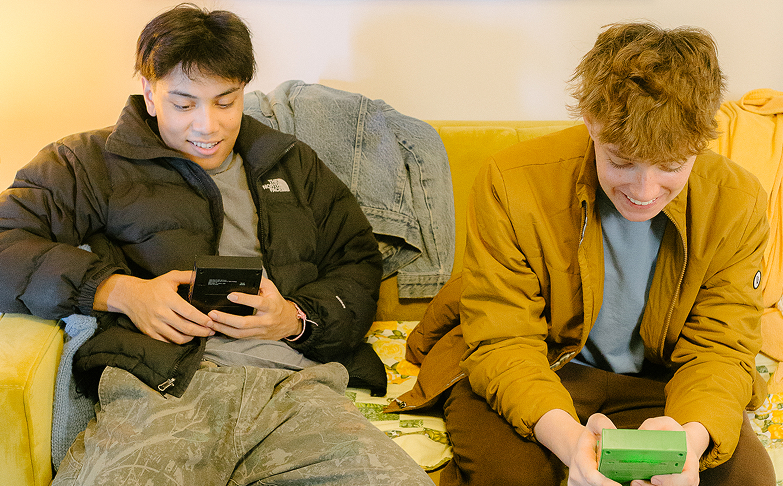
Ways you
can help
Most people your age don’t experiment with pills at all, so it’s perfectly OK not to try them. Teens who do experiment with pills are often experiencing mental health struggles, physical pain, or negative peer pressure. As a friend, you can help keep your friends safe.
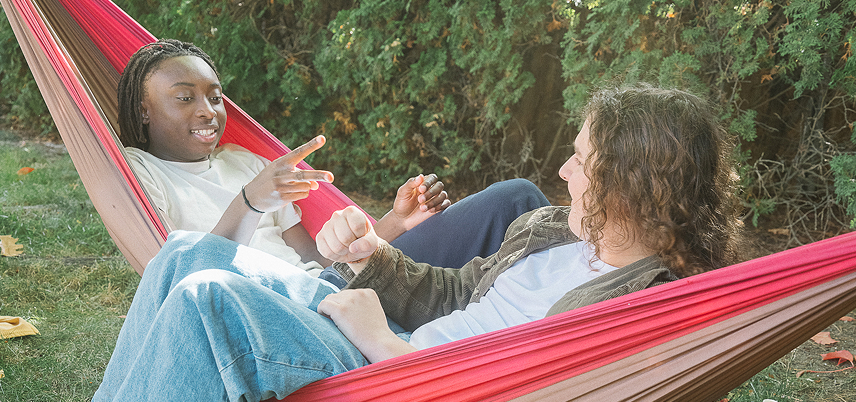
Check in
If your friend isn’t acting like their usual self, talk to them about what’s going on. If the problem is serious, also talk to a trusted adult.
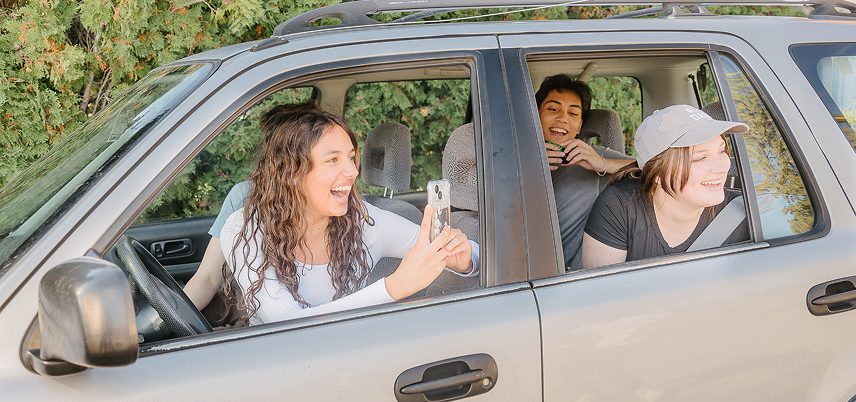
Get involved
Happinesss is contagious. Whether it’s trying out for a sports team, making art, or playing video games, encourage your friends to do things that make them feel healthy and happy.
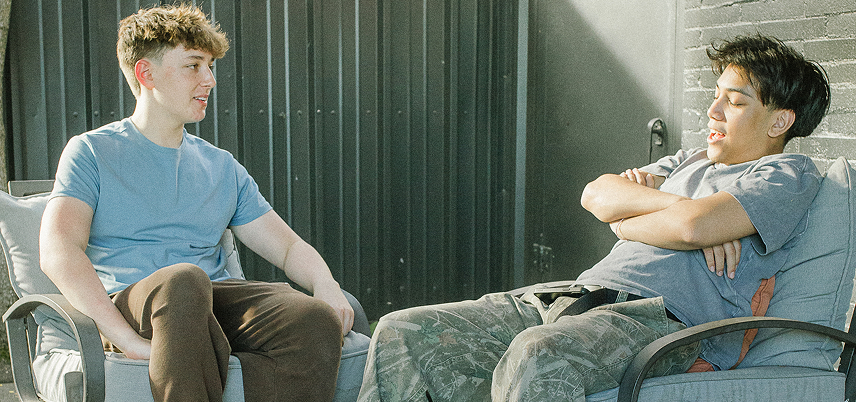
Refuse together
Tell your friends what you know about the risks of fake pills and fentanyl. Make a pact not to take or share pills.
How to refuse drugs
Making a decision in the moment is never easy. By practicing refusing pills and other drugs, you’ll be ready to respond if someone offers them to you. Use the tips below to decide what you’ll say and who you’ll go to for help.
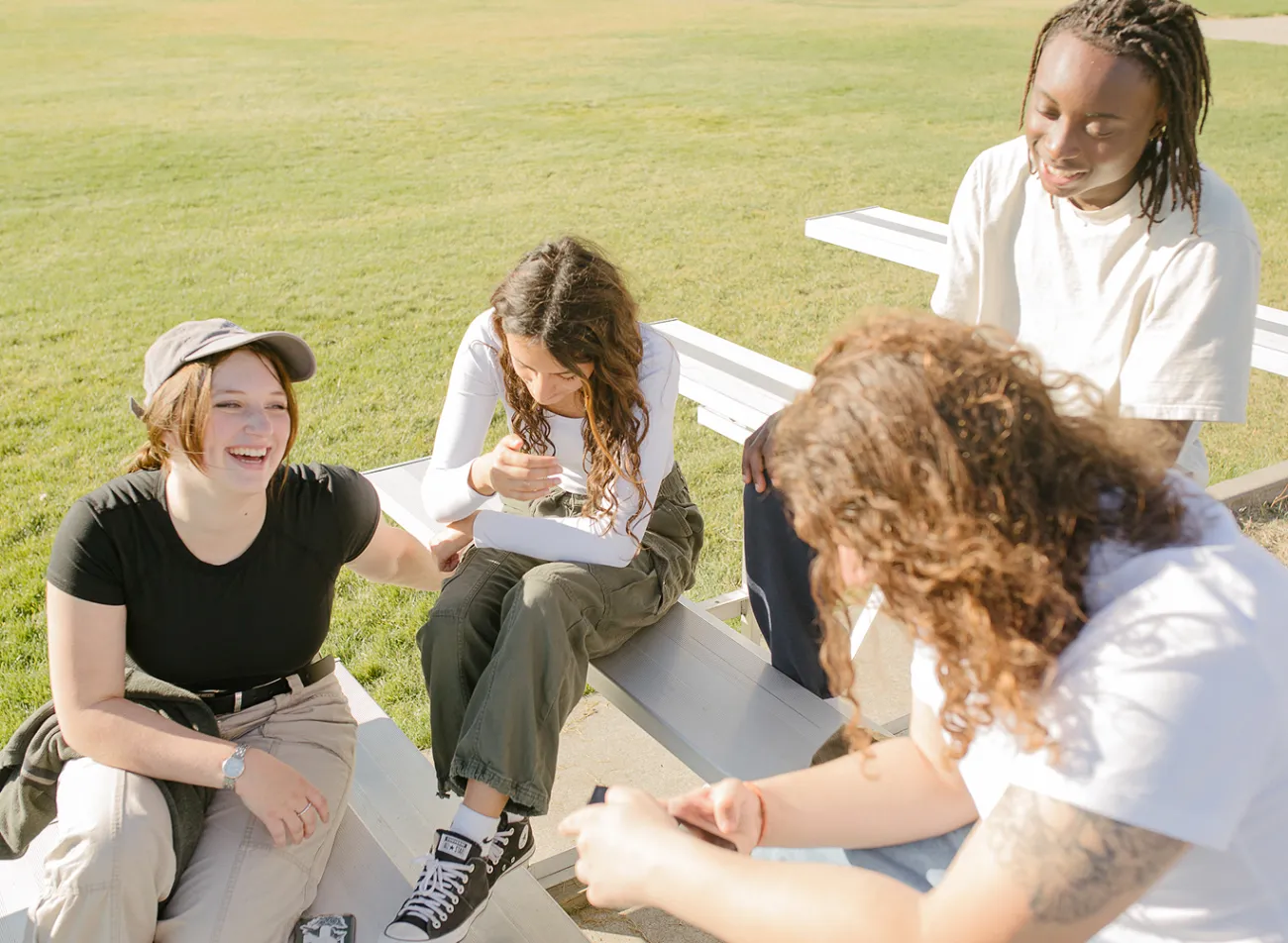
Send a signal
Agree on a codeword you can say in a text or call with your parent, caregiver, or someone you trust to come pick you up ASAP.
Pass the blame
“I’d be grounded for life if my parents (caregivers) found out.”
Offer an alternative
“I’d rather get a bite to eat instead.”
Make an excuse
“I can’t. I have a huge test/game/audition tomorrow.”
Be honest
“No, thanks. I’m not interested.”
Avoid the situation
Avoid going places where drugs are likely to be present.
